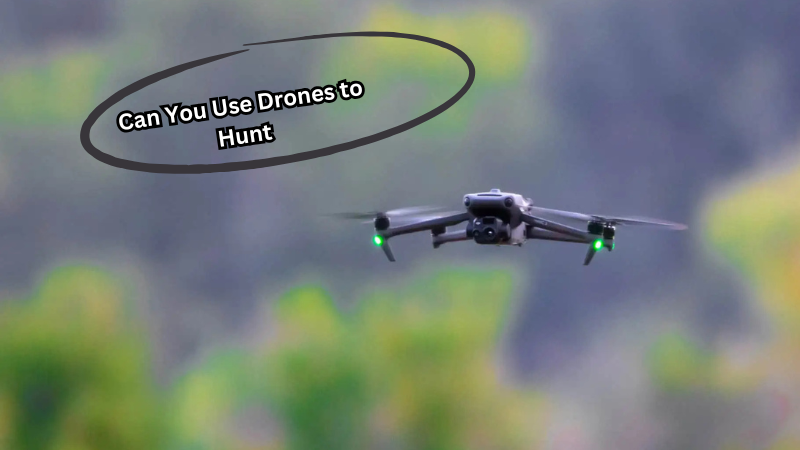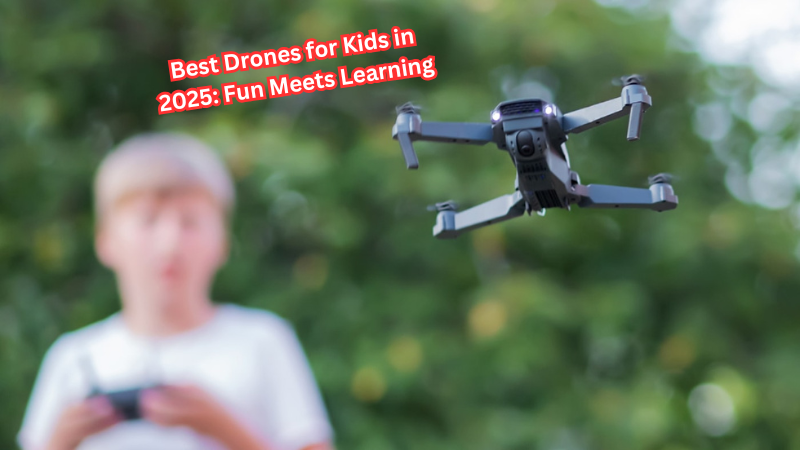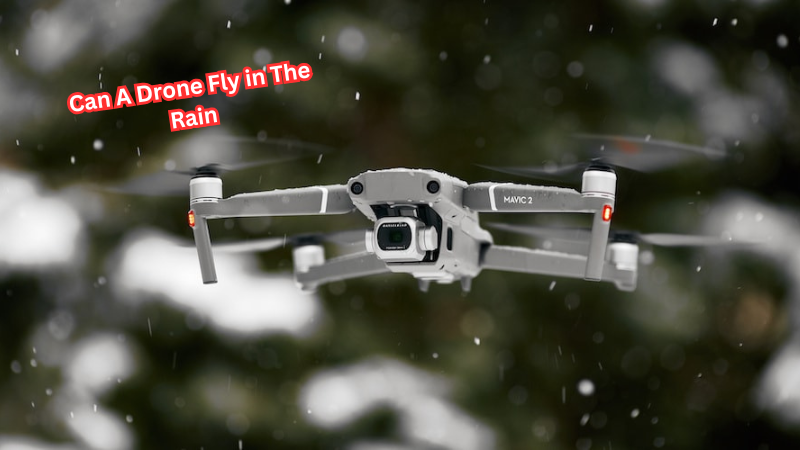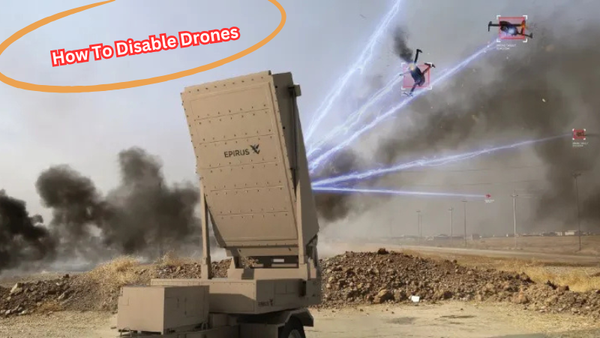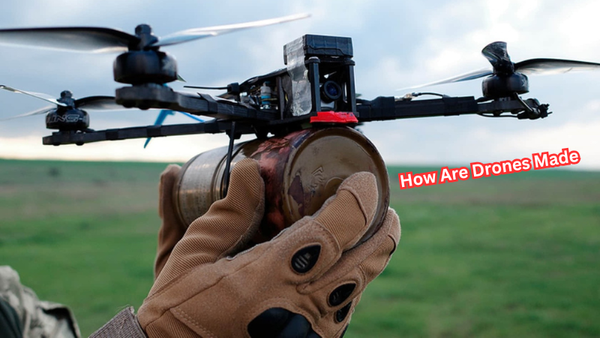Hunting has long been steeped in tradition, but technology is starting to shake things up. Drones, once limited to photography and military use, are now catching the attention of hunters worldwide. With features like advanced cameras, GPS tracking, and thermal imaging, drones promise to make scouting, tracking, and navigating hunting grounds more efficient.
However, this innovation comes with its share of controversies. Debates around ethics, fair chase principles, and the potential impact on wildlife have ignited significant discussion within the hunting community and beyond.
Are drones a revolutionary tool for modern hunters, or do they threaten the integrity of this age-old pursuit? This discussion explores the legal, ethical, and technological implications of drone-assisted hunting.
Understand Drone Technology
Before delving into the debate surrounding drone hunting, it's essential to understand what drones are and how they work. Also known as unmanned aerial vehicles (UAVs), drones are aircraft operated remotely without a pilot onboard. They come in various sizes, shapes, and capabilities, from small toy-like models to large commercial ones.
Most modern consumer drones feature advanced technology, such as GPS navigation, high-resolution cameras, and stabilizing systems that allow for steady video footage even in windy conditions. Some models also come equipped with thermal imaging sensors that detect theheat signatures of animals on the ground.
Can You Use Drones to Hunt?
The legality of using drones for hunting varies across countries and states. In the United States, the Federal Aviation Administration (FAA) does not have specific regulations related to drone use in hunting. However, hunters must follow state-specific laws and regulations that may prohibit or restrict the use of drones.
Some states allow the use of drones for scouting purposes only, while others completely ban their use in any form during hunting season. For example, Alaska bans all forms of aerial hunting, including drone-assisted hunting. On the other hand, states like Colorado and Montana allow drone scouting but prohibit using them for harvesting game animals.
In contrast, certain countries like Australia and Namibia have taken a more proactive approach to regulating drone use in hunting. In Australia, drones are classified as aircraft and require a license to operate legally for hunting purposes. Similarly, Namibia's Ministry of Environment and Tourism has banned the use of drones for hunting, citing ethical concerns.
What Factors to Consider Before Using Drones for Hunting
While the legality of drone use in hunting may be a complex and ever-evolving topic, there are other essential factors that hunters need to consider before incorporating drones into their hunting strategies. These include ethical implications, safety concerns, and potential impacts on wildlife.
Ethical Considerations
The use of technology in hunting has always been a contentious issue within the hunting community. Some argue that traditional methods, such as tracking animals on foot or using primitive weapons, provide a fairer chase for both the hunter and the hunted. On the other hand, proponents of using drones argue that it is merely another tool that can provide valuable information to make more informed decisions while still requiring skill and precision to successfully harvest an animal.
One of the major ethical concerns surrounding drone hunting is the potential for an unfair advantage over game animals. Drones can cover large distances, providing hunters with aerial views and tracking capabilities that may give them an edge over animals' natural movements. This, in turn, alters the balance between hunter and prey and raises questions about fair chase principles.
Furthermore, drones also have the potential to disturb wildlife through their noise and presence in the air. This disruption can lead to changes in the behavior and movement patterns of animals, potentially harming their survival chances. It also goes against the principle of minimizing unnecessary suffering towards animals during hunting activities.
Safety Concerns
The use of drones in hunting also brings about safety concerns for both hunters and other individuals in the vicinity. Drones can fly at high speeds and altitudes, making them difficult to control in certain situations. This could result in accidents or collisions with trees, power lines, or other obstacles.
Moreover, drones equipped with cameras can also invade the privacy of others in the hunting area or capture footage without their consent. This raises concerns about respecting others' rights and boundaries while using drones for hunting purposes.
Impact on Wildlife
Another significant factor to consider is the potential impact of drone use on wildlife populations. The use of drones may disrupt animal behavior patterns and disturb sensitive habitats, causing stress and potentially affecting reproductive success rates. It could also lead to overhunting in certain areas, as drones can provide hunters with more information about animal locations and behaviors.
Additionally, the use of thermal imaging sensors on drones may also raise concerns about violating hunting laws and regulations. In some states and countries, using technology to locate animals is considered unfair and unethical.
Practical Applications of Drones in Hunting
Despite the potential controversies and concerns surrounding drone hunting, there are also practical applications for using drones in hunting. These include:
- Scouting for game animals: Drones can cover large distances and provide aerial views, making them useful for locating animal herds or identifying potential hunting spots.
- Monitoring and surveying wildlife populations: The use of drones equipped with cameras can help researchers track and monitor animal populations, providing valuable data for conservation efforts.
- Search and rescue missions: In situations where hunters or outdoor enthusiasts may become lost or injured, drones with thermal imaging sensors can aid in locating individuals quickly.
These are just a few examples of how drones can be used for hunting-related purposes without directly impacting wildlife or violating ethical principles.
Future of Drone-Assisted Hunting
As technology continues to advance, the use of drones in hunting will likely become more prevalent. However, it is essential to acknowledge the potential consequences and take necessary precautions to ensure responsible and ethical use.
Furthermore, advancements in drone technology also open up possibilities for new regulations and laws related to their use in hunting. As such, hunters must stay informed about any changes or updates in their state or country's laws regarding drone use in hunting.
FAQs
Is using drones to hunt allowed under federal law?
No, federal law, including the Federal Airborne Hunting Act, prohibits using unmanned aircraft systems for hunting. This includes drone usage to locate or harass wildlife, protecting natural resources and promoting ethical hunting practices.
Can drones be used for deer recovery without breaking federal regulations?
Drone usage for deer recovery is restricted by federal regulations and varies by state. While unmanned aircraft may assist in locating a dead deer, it’s crucial to comply with wildlife conservation rules and seek permission when required.
Are national parks off-limits for drones and motorized equipment during hunting?
Yes, federal regulations prohibit using unmanned aircraft, motorized equipment, or mechanical transport in national parks. These rules aim to protect natural resources and wildlife conservation efforts by preventing any activity that could harass wildlife.
Why are drones and unmanned aircraft systems restricted for hunting parties?
Hunting parties are not allowed to use drones because federal law, such as the Federal Airborne Hunting Act, bans mechanical transport like unmanned aircraft systems to ensure fair hunting practices and avoid disruption of wildlife habitats.
Conclusion
The use of drones in hunting opens up a world of possibilities, blending modern technology with an age-old tradition.
From advanced tracking capabilities to terrain scouting, drones offer undeniable benefits that could change how hunters approach their craft. However, these advancements come with challenges, including legal restrictions, ethical concerns about fair chase principles, and potential impacts on wildlife.
Balancing these issues is key to ensuring that innovation respects both the environment and the traditions of hunting. As technology continues to evolve, hunters, lawmakers, and conservationists must work together to shape the future of drone-assisted hunting responsibly. The question remains—can we harness this innovation without compromising the essence of the hunt?
